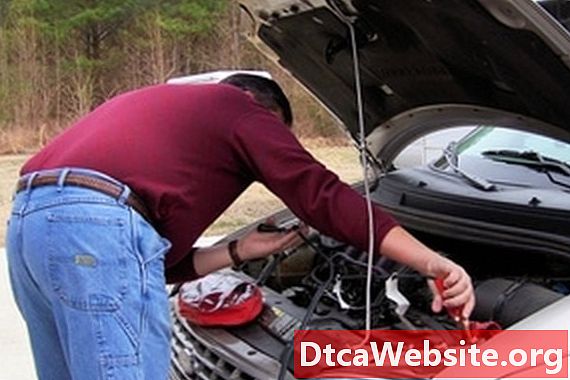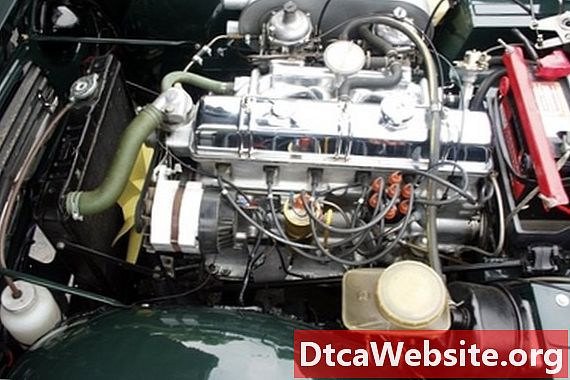
Contenu

Recreational vehicles, or RVs, are equipped with battery isolators, which must function both when the engine is operating and when it is not. RV battery isolators intelligently manage the charge and discharge of both chassis and coach batteries. If properly functioning, the device isolates one set of battery-and-equipment circuits from the other set of battery-and-equipment circuits. It must effectively act as a non-return valve for electricity, allowing current to pass in one direction but not the other. An RV battery isolator may be cylindrical or flat and covered in fins like a heat sink, and will conventionally have three terminals.
Step 1
Follow the wires attached to the battery isolator and make a note of which terminal is attached to the chassis battery, the coach battery and the alternator.
Step 2
Check that terminal one is wired to the coach battery, and confirm with your operators manual that this is correct.
Step 3
Check that terminal two is wired to the alternator, and confirm with your operators manual that this is correct.
Step 4
Check that terminal three is wired to the chassis battery, and confirm with your operators manual that this is correct.
Step 5
Use your wrench or screwdriver to disconnect the cables from the isolator terminals one at a time, wrapping each in white painters tape and writing on it which terminal it came from.
Step 6
Set your voltage meter on "Diode Function" and test across the terminals. There should be continuity with the probes oriented one way, and no continuity with the probes reversed. If there is continuity shown for both orientations, or no continuity shown for both orientations, the isolator is faulty.
Reconnect the wires to the isolator if the isolator is functioning correctly. Isolators are not user serviceable components, so replace it if a fault is found.
Tips
- A properly operational battery isolator must fulfill three functions.
- It must firstly control charging of the coach (sometimes called auxiliary or domestic) battery by the vehicles charging system as the engine runs. It does this while prioritizing the chassis (sometimes called engine or main) battery, always keeping it at optimum charge.
- It must secondly isolate the chassis battery when the charging system is switched off. This prevents coach equipment from discharging the chassis battery. It will also prevent engine starting from draining the coach systems. Modern units use microprocessors to control both functions.
- It must thirdly insure the batteries cannot equalize, a problem whereby a low battery will siphon power from one with a higher charge, often to a point where neither are useable.
Items you will need
- Wrench OR Screwdriver
- Pen
- Voltage meter


